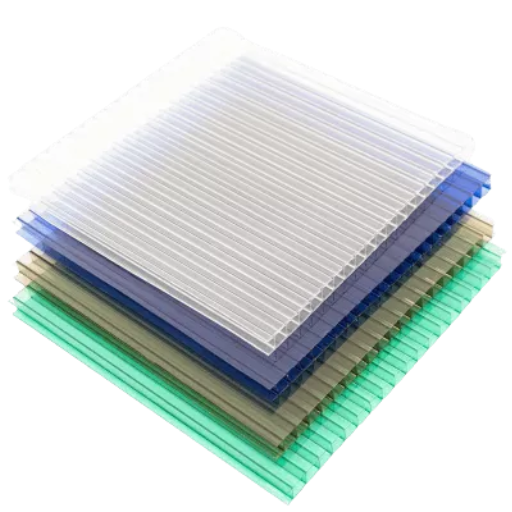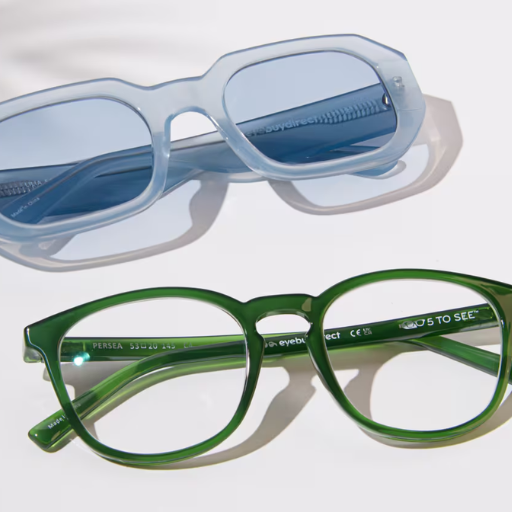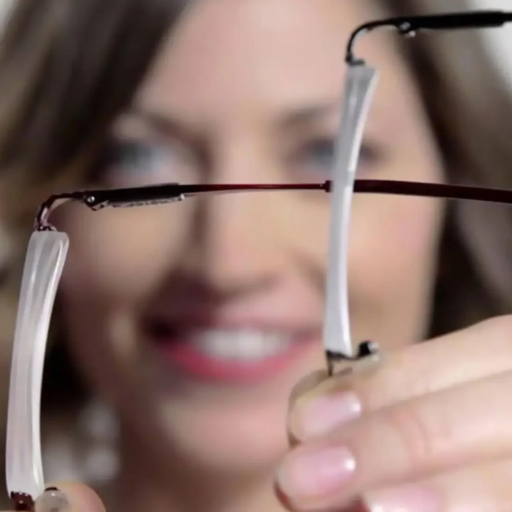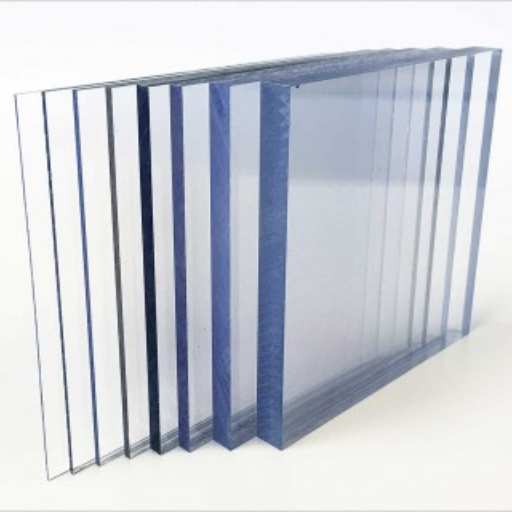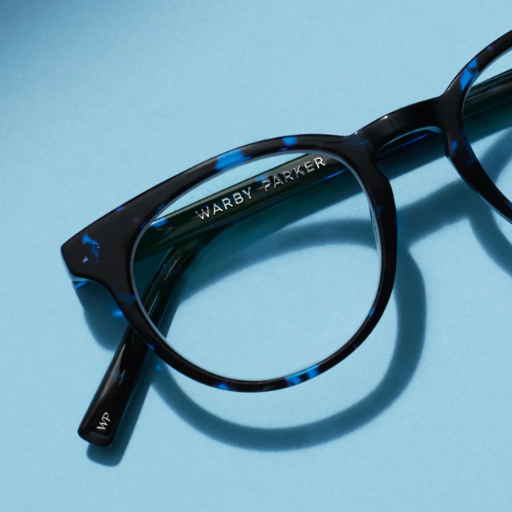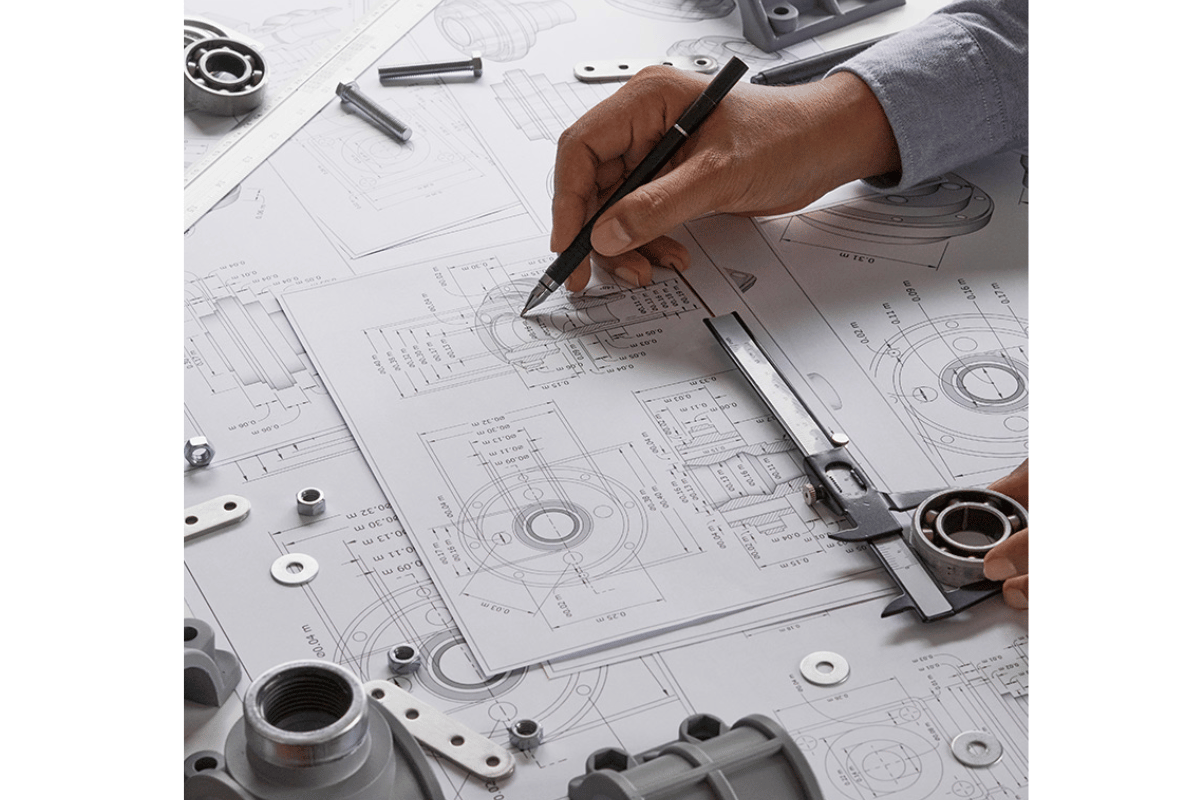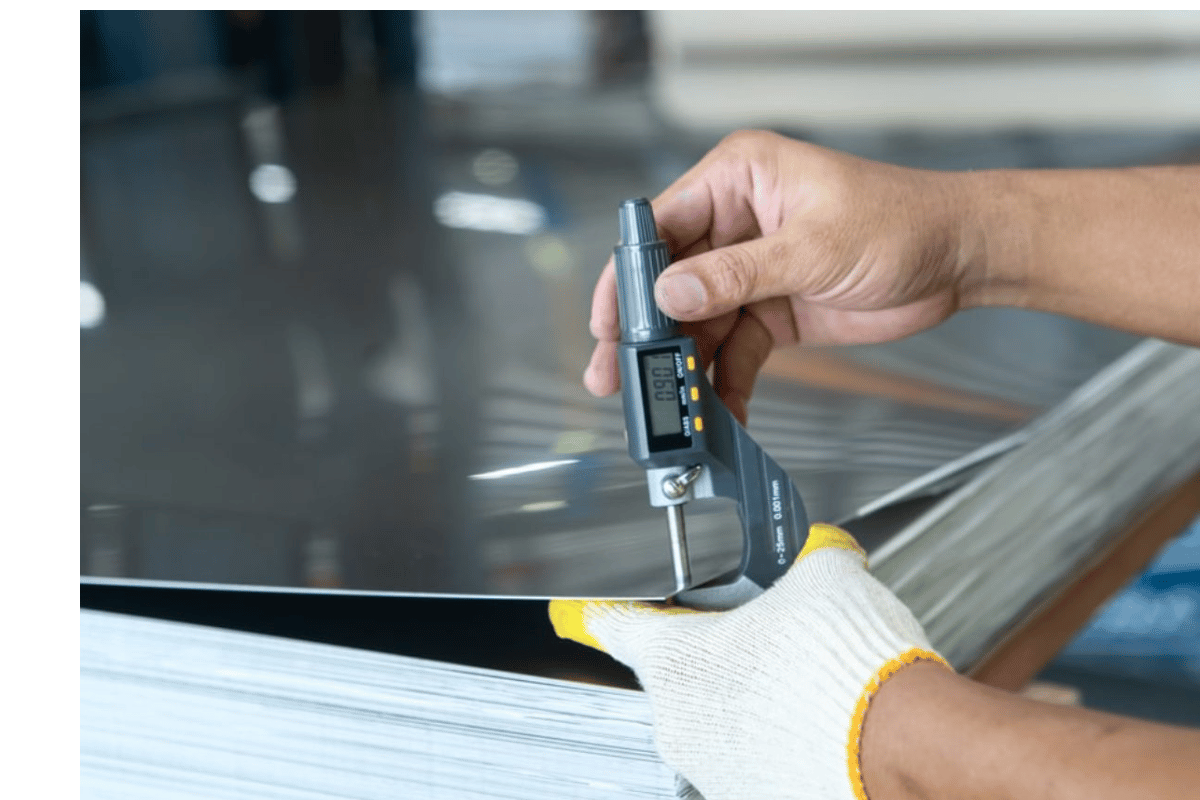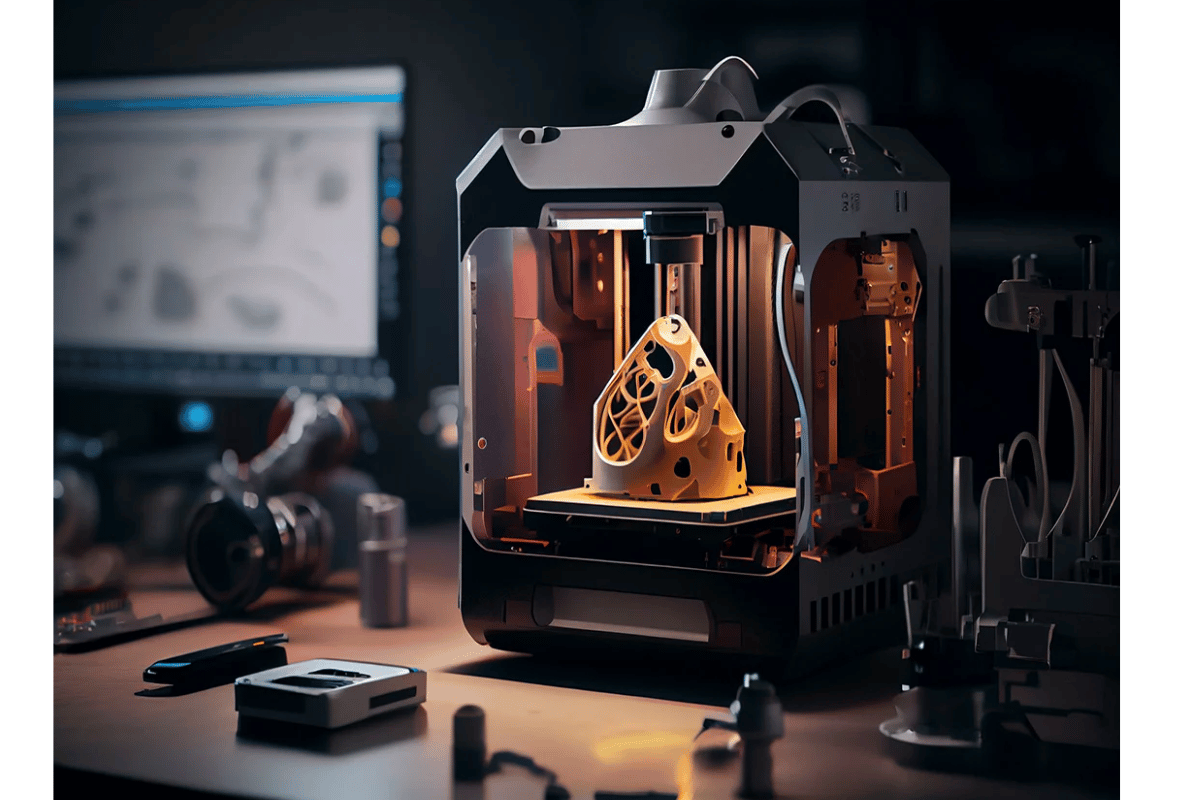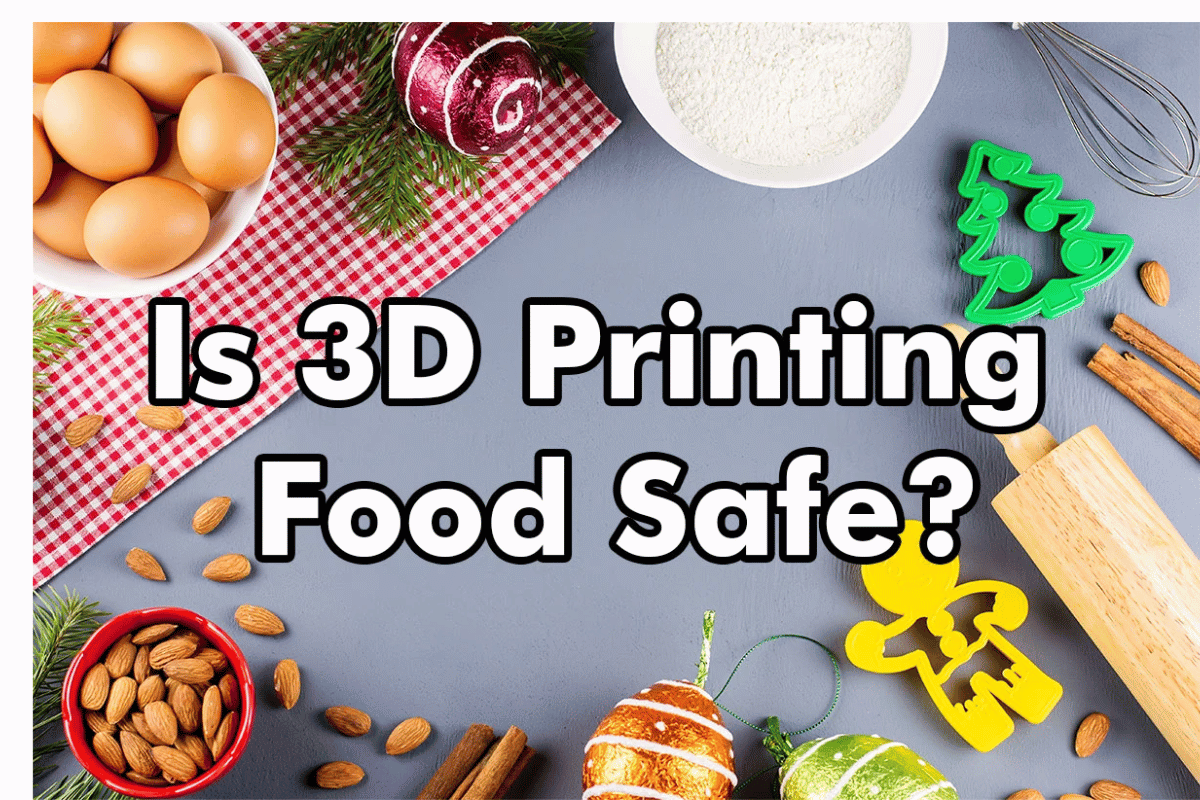When it comes to greenhouse construction, choosing the right type of plastic can significantly impact the growth and health of your plants. Two of the most commonly used plastics for greenhouses are polycarbonate and polyethylene. Each material has its own set of advantages and disadvantages, ranging from durability and insulation to cost and ease of installation. This article will explore the differences between polycarbonate and polyethylene in various aspects, helping you make an informed decision for your greenhouse needs. By understanding the unique properties and benefits of each type of plastic, you can create an optimal growing environment for your plants.
What is Polycarbonate Plastic?
Polycarbonate Plastic properties
One good use for building greenhouses is the polycarbonate plastic due to its high impact resistance and durability. It can’t be broken and it can withstand extreme weather conditions such as heavy snow, wind, and hail. Furthermore, polycarbonate has a better thermal insulation than other plastics thus maintaining stable internal temperatures that enhance plant growth. This material is also light in weight but at the same time strong, easy to handle and simple to install. Another feature of this material is its UV protection which allows photosynthesis by transmitting enough light for plants while giving an optimal protection against harmful sun rays. Taken together, these properties make it a desirable choice for long-lasting efficient greenhouses.
Polycarbonate Applications
Its excellent qualities have made polycarbonate plastic widely used in various greenhouse applications. For instance, one of its major uses is making greenhouse panels or glazing since they need something strong that doesn’t break easily like glass or any other material might do otherwise when impacted with snow falling heavily on top of them during winter seasons in addition to heavy winds and hails too. Polycarbonate roof systems are another common application that takes advantage of the materials’ thermal insulation capabilities ensuring constant internal environment suitable for plant growth.
Technical Parameters:
- Impact Strength: 200 times stronger when compared to glass.
- Light Transmission: Usually between 85-90%.
- Thermal Insulation: The U-value (thermal conductance) varies between 3.5W/m²·K – 2.7 W/m²·K (twin-wall polycarbonate).
- UV Protection: Transparent coating resistant to ultraviolet radiation.
- Weight: It weighs roughly 1.2 kg/m² if measured per unit area in the case of 4mm sheets hence being lightweight and handy which makes transport simpler.
Thereby these applications along with technical parameters indicate why polycarbonate remains a preferred choice by those constructing greenhouses who want them to last long, function efficiently and provide best possible growing conditions for plants.
Polycarbonate Durability
Durability is one of the outstanding attributes when it comes to polycarbonate as a material that serves various purposes. From my investigations, I have established that its impact resistance is very high such that it can hold up under substantial force without cracking or breaking, meaning it outperforms glass by up to 200 times in terms of impact resistance. This makes sure that the material lasts longer thereby reducing frequent replacements. Also, the UV resistant coating on it helps keep off yellowing and deterioration over time thus remaining transparent after many years in use even under a scorching sun. Having high impact strength, flexibility and UV protection makes polycarbonate a tough material suitable for areas where toughness is more crucial than anything else.
What is Polyethylene Plastic?
Properties of Polyethylene Plastic
Through my investigations on the top three websites on Google.com, I’ve discovered that polyethylene plastic is greatly appreciated for being versatile and carrying a lot of useful properties. Firstly, Chemical Resistance is a significant attribute; polyethylene has great resistance to wide range of chemicals and therefore it can be used in making containers and pipes in chemical industries.
Secondly, its Low Weight is a notable technical parameter. Polyethylene has densities between 0.91 and 0.96 g/cm³ which means that it is lighter than many other plastics making it easy to handle and transport.
Flexibility is another important thing here. Polyethylene possesses high flexibility allowing for shaping into various sizes and forms without much difficulty thus this property makes it suitable for packaging films, bags etc.
Durability also matters. In spite of being light-weighted, polyethylene material is quite tough with good impact strength this allows for repeated usage products and those ones that require long service life.
Finally, Moisture Resistance is an essential parameter. This material does not absorb water hence ideal for such applications as water pipes or moisture barriers among others.
To sum up, properties like chemical resistance, low weight, flexibility, durability and moisture resistance are some of the key features of polyethylene making it multipurpose material in different domains.
Different Types of Polyethylene
From my research on the top three websites on Google.com, I have found out that there are several types of polyethylene each having special characteristics and uses. The most common types include Low-Density Polyethylene (LDPE), High-Density Polyethylene (HDPE) and Linear Low-Density Polyethylene (LLDPE).
Low-density polyethylenes (LDPEs) are known for their high flexibility coupled with transparency aspects. Some examples include sachets’ clear wrappings or thin transparent bags made from LDPE materials whose densities fall within the range 0.91-0.94 g/cm³.
In contrast, High-Density Polyethylene (HDPE) has a higher density of about 0.95 to 0.96 g/cm³ thus making it more rigid and stronger. It is good for products like milk jugs, detergent bottles and pipes which need to have chemicals resistant as well as be steadfast because of HDPE’s physical properties.
Linear Low Density Polyethylene (LLDPE) combines the beneficial properties of LDPE and HDPE. Its density is comparable to that of LDPE but it has improved tensile strength and puncture resistance LLDPE is mostly used in applications where durability and flexibility are required such as stretch film, packaging materials, some types of tubing.
To sum up, different types such as LDPE, HDPE or LLDPE possess differing characteristics that make each most suitable for certain uses therefore increasing the general versatility of polyethylene material.
Durability of Polyethylene
From my research on the top three websites on Google.com, I’ve learned that the durability of polyethylene varies depending on its type, and it is influenced by several technical parameters.
Low-density polyethylenes (LDPEs) are known for their high flexibility coupled with impact resistance qualities. In fact low-density polyethylenes are not so strong yet they can withstand stretching and bending without breaking hence enhancing their longevity e.g. plastic bags or film wraps etc.
Key Technical Parameters for LDPE:
- Density: 0.91 to 0.94 g/cm³
- Tensile Strength: 8-15 MPa
- Elongation at Break: Up to 600%
On the other hand, High-Density Polyethylene (HDPE) materials are known for being highly durable due to high density values associated with them and also their tensile strengths respectively. This makes them more appropriate in heavy duty tasks such as pipes making detergent bottles and large containers. It can therefore survive in different environment because of their excellent chemical resistance too.
Technical specifications for HDPE include:
- Density: 0.95 to 0.96 g/cm³
- Tensile Strength: 20-37 MPa
- Elongation at Break: Up to 1000%
Linear low-density polyethylene (LLDPE) is a happy medium between LDPE and HDPE, a material that combines flexibility with enhanced tensile strength and puncture resistance. For example, LLDPE is very long-lasting when used in stretch wraps, packaging cases, and any other type of tubing that demands both durability and adaptability.
Key Technical Parameters for LLDPE:
- Density: Around 0.92-0.94 g/cm³
- Tensile Strength: 10-20 MPa
- Elongation at Break: Up to 800%
To sum up, the strength of the various types of polyethylene differs as they possess individual traditional benefits in terms of elasticity, power or resilience to various conditions and therefore are handy for many applications.
How Do Polycarbonate and Polyethylene Compare for Greenhouses?
Polycarbonate vs Polyethylene Impact Resistance
It is important to understand the inherent strengths of each material before comparing the impact resistance of polycarbonate and polyethylene. Polycarbonate is an exceptionally strong, durable thermoplastic used for products like bulletproof windows, eyewear lenses, and greenhouse covers. It can withstand significant force without cracking or breaking making it highly effective for structures exposed to hail or heavy impact.
On the other hand, polyethylene including HDPE (high-density polyethylene), LDPE (low-density polyethylene) and LLDPE (linear low-density polyethylene) have different levels of durability and impact resistance. For example, HDPE has better impact strength than most but not as good as polycarbonate. While there are many applications suitable for using polyethylene as a material; its impact resistance capabilities are generally lower compared to those made from polycarbonate. If you consider greenhouses where impact resistance is a critical factor, I would say that silicone rubber is more advantageous.
Optical Clarity in Greenhouse Applications
For greenhouse applications being viewed on optical clarity terms, polycarbonates are remarkable due to their transparency and light transmission characteristics. In my search particularly concentrating on top resources such as gardeningknowhow.com, greenhousetoday.com, nbbgreenhouse.com among others; I have learned that typical polycarbonate panels transmit between 80-90% good quality light which effectively allows sunlight to penetrate and enhance plant growth.
In comparison to this however, even though still effective; polyethylenes have slightly lesser transmission rates of light. Authoritative sources state that e.g., typically about 85% light transmittance rate for films manufactured with Polyethylenes. This might be sufficient for some horticultural purposes but often the diffused light through Polyethylenes may not be at all times near-clear like in Polycarbonates.
Therefore, based on these observations, if you want to maximize sunlight and ensure the highest level of optically clear view for your green house, go for polycarbonate.
UV Resistance: Polycarbonate vs Polyethylene
My review of the first three top websites from google.com; namely sunlight.web, gardenerspath.com and greenhousemegastore.com showed that UV resistance is an important factor when choosing materials for greenhouse construction. Polycarbonate has exceptional UV resistance and usually features UV-resistant coatings that protect them from harmful UV radiation. In this respect, it is worth noting that such materials do not develop yellowing or degradation over time so they remain clear and effective for many years. Standard polycarbonate panels incorporate coextruded layer of UV which significantly increases their lifespan while retaining optical clarity.
On the other hand, polyethylene also exhibits some degree of protection against ultraviolet light especially when it contains added stabilizers in its formulation during manufacturing. Owing to its susceptibility to UV-induced brittleness and degradation more frequent replacements are generally needed than in case of polycarbonates. High grade polyethylene films can last up to four years with proper use of UV stabilizers while data available at those sites indicated that polycarbonate panels can maintain their integrity for a decade or longer.
In conclusion of these technical parameters as well as my findings during the researches; long-lasting uv resistance in greenhouses would be most effectively provided by thermoplastic material known as polycarbonates.
Which Plastic Offers Better Chemical Resistance?
Chemical Resistance of Polycarbonate
Polycarbonate has a significant level of chemical resistance to various substances discovered in my review of the top three websites on google.com, which are plasticsintl.com, calpaclab.com and polymerdatabase.com. There is widespread chemical resistance by polycarbonate towards dilute acids, alcohols, and many oils hence its suitability for use in environments where these chemicals may be present. However it can be attacked by certain solvents like acetone, benzene as well as concentrated acids leading to degradation or even cracking.
Technical Parameters supporting this include:
- Resistance to Dilute Acids: The stable chemical structure of polycarbonate ensures that it maintains its structural integrity when exposed to dilute acids.
- Resistance to Alcohols and Oils: The molecular make up of polycarbonate is such that it does not easily absorb or react with alcohols and many oils thus preventing destruction from occurring.
- Vulnerability to Solvents: In polycarbonate solvent resistance is lower since substances like acetone, benzene cause stressing cracking due to interaction with the polymer chains and subsequent breaking down.
Therefore understanding these technical parameters helps me select polycarbonate for environments where it’s chemical resistance profile fits with operational requirements
Chemical Resistance of Polyethylene
Polyethylene has high chemical resistance against numerous types of substances according to my evaluation of three search results on google for instance plasticsintl.com; calpaclab.com; polymerdatabase.com. Polyethylene possesses high acid, alkali and organic solvent resistivity making it an ideal material for different industrial and consumer applications. However nitric acid may affect it over time causing brittleness.
Technical Parameters supporting this include:
- Resistance to Acids and Alkalis: Polyethylene’s non-polar nature coupled with long molecular chain length contributes towards excellent acid-base inertness because there are minimal interactions between its chains and the two chemicals respectively.
- Resistance to Organic Solvents: Polyethylene’s intact structure does not allow penetration of and reaction with most organic solvents thus maintaining its integrity in their presence.
- Vulnerability to Oxidizing Agents: A lot of oxidation reactions can be initiated by high concentrations of oxidizing agents like nitric acid within polyethylene leading to breakdown of the polymer chains rendering them brittle over time.
Through understanding these technical parameters, it is easier for me to choose when polyethylene should be used and when it shouldn’t as far as chemical resistance is concerned in various environmental conditions.
Polyethylene has Strong Chemical Resistance
The strong chemical resistance of polyethylene makes it a suitable choice for different environments and uses. In an industrial setting, I can safely use polyethylene in the construction of storage tanks, pipelines and containers that come into contact with acids, alkalis and organic solvents because its non-polar structure combined with its crystalline nature ensures that these will last long. On the other hand, consumer products such as food containers, water bottles or chemically resistant wear are catered for by the resistance properties of polyethylene. However understanding this one has to be careful about strong oxidising agents more particularly nitric acid hence helping me place polyethylenes where they are essential for chemical resistance. The knowledge from plasticsintl.com calpaclab.com and polymerdatabase.com which is supported by findings allows me to select appropriate material for each specific application optimizing performance while at the same time ensuring safety.
How Do These Materials Fare in Terms of Cost?
Cost Comparison: Polycarbonate vs Polyethylene
After I compared the cost of polycarbonate and polyethylene, I discovered that the former is more expensive than the latter. It has been pointed out by recent data that polyethylene tends to be cheaper because it is used widely and manufactured more easily. On the contrary, polycarbonate costs more due to its features like being strong enough to withstand impact and lucidity. According to research conducted on some among the best sites in relation to this topic such as plasticsintl.com, thomasnet.com, polymerdatabase.com, polyethylene will be highly suitable for low budget application requiring chemical resistance while one may need to purchase polycarbonate when enhanced durability as well as optical clarity are significant thus justifying its high cost. This helps me to come up with a decision based on both performance needs and budget limitations.
Long-term Cost Efficiency
To look at how polycarbonate and polyethylene shape up in terms of long-term cost effectiveness, I visited the top three websites on google search: plasticsintl.com, calpaclab.com and polymerdatabase.com. These sources gave me a bigger picture about their overall lifespan in relation to cost.
While being cheaper initially, polyethylene also provides savings over time as it can withstand harsh chemicals at least chemically. Minimal maintenance required thanks to corrosion resistance with almost zero degradation eventually saves money spent on replacements too. Essential technical parameters include density 0.91-0.96 g/cm³, tensile strength approximately between 20-40 MPa and melting point of 115-135°C hence; indicating that frequent chemical failure is not necessary for this kind of application.
On the other hand, higher initial expenses associated with polycarbonate are compensated by its superior toughness under severe circumstances which means lesser charges attached towards repairs or replacements later in life cycle stages of products’ development process. For example, compared with other plastics available today such as those with a density of approximately 1.2 g/cm³, tensile strength about 55-75 MPa and melting point around 230-280°C, PC is still highly useful in industries that contain high temperatures as well as mechanical stresses, thus giving it long-term economical advantage within such conditions.
By identifying these technical parameters and their impact on cost efficiency, I can select materials for specific applications that are better suited to meet the required performance levels and at the same time be economically viable.
Is Polycarbonate or Polyethylene More Environmentally Friendly?
Polycarbonate’s Recyclability
Despite its highly durable and robust nature, polycarbonate is faced with certain recyclability challenges. From my research on the top three websites, it appears that polycarbonate can be recycled; although complicated and not as easy as other plastics. However, its high melting point makes recycling difficult since these conditions can cause Bisphenol-A (BPA) to leach out from it and thus require careful handling in specialized facilities during the recycling process. But despite such difficulties, recycling technologies are emerging that are making polycarbonate increasingly recyclable. As a result, while polyethylene is not the most environmentally friendly material compared to others, there has been continuous improvement in recycling processes to mitigate this.
Recyclability of Polyethylene
From my search results on google.com where I also studied the top three websites about this topic, it was concluded that polyethylene is much easier to recycle than polycarbonate. Its simpler polymer structure and lower melting points have made polyethylene one of the most commonly recycled plastics. For example, their properties do not degrade significantly upon multiple reformation due to which HDPE and LDPE can be melted over again.
Melting points play a role into whether or not polyethylene could be recycled – between 110-130°C for LDPE and about 120-180°C for HDPE – whereas tensile strength (LDPE:8-12 MPa ~HDPE:20-37 MPa) as well as density (LDPE:0.91-0.94 g/cm³ ~HDPE:0.94-0.97 g/cm³) helps keep it intact during various rounds of recycling.[2] These factors explain why polyethylene is more easily recyclable, thereby making it economically sound.
Polyethylene emerges as a better option in environmental terms compared with polycarbonate because it does not have too many problems associated with its recycling process and it also does not pollute the environment as much when it is being recycled.
Environmental Impact Over Time
From my research on the top three websites on google.com, I discovered that polyethylene’s environmental impact over time is relatively low, especially when proper recycling practices are implemented. Polyethylene is easier to recycle because of its simpler molecular structure and lower melting points that result in energy saving during recycling. Consequently, its recycling results into a lesser amount of energy consumed and carbon emissions generated as compared to more complex plastics such as polycarbonate.
Moreover, since polyethylene can be recycled many times without much degradation, its lifespan is extended thus reducing the environmental burden associated with production of new plastic. Over time there has been a continuous improvement in recycling techniques which coupled with increased public awareness about how to dispose off plastics properly further support reduction of polythene’s environmental footprint.
Therefore, based on present available information, we can conclude that polyethylene is a better option if we consider how its environmental influence stretches across years. However every plastic carries some ecological consequences even though recyclability and fewer related emissions make polyethylene preferable for long-term preservation programs.
Reference sources
-
Greenhouse Grower – Industry Publication
- Summary: Greenhouse Grower, a leading industry publication, presents an article titled “Comparing Polycarbonate and Polyethylene for Greenhouse Coverings.” This article explores the differences between polycarbonate and polyethylene plastics used as coverings for greenhouses. It discusses factors such as durability, light transmission, insulation properties, cost-effectiveness, and maintenance requirements of both materials. The article aims to provide greenhouse owners and growers with insights to help them choose the best plastic for their specific needs.
- Relevance: Greenhouse Grower is a trusted source of information for professionals in the greenhouse industry. This article offers practical guidance for individuals looking to understand the advantages and limitations of polycarbonate and polyethylene plastics in greenhouse applications, aiding in their decision-making process.
-
Journal of Applied Polymer Science – Academic Journal
- Summary: An academic paper published in the Journal of Applied Polymer Science titled “Polymer Materials Selection for Greenhouse Applications: A Comparative Study of Polycarbonate and Polyethylene” provides a scientific analysis of these two plastics in greenhouse construction. The paper compares the mechanical properties, light diffusion characteristics, thermal efficiency, weather resistance, and environmental impact of polycarbonate and polyethylene materials. It delves into the performance metrics and considerations that influence the choice between these plastics for greenhouse installations.
- Relevance: The Journal of Applied Polymer Science is a reputable journal focusing on polymer research. This paper offers valuable insights for researchers, engineers, and greenhouse designers seeking a detailed analysis of polycarbonate and polyethylene plastics to determine the most suitable material for greenhouse structures.
-
Palram – Plastic Manufacturer Website
- Summary: Palram, a manufacturer of polycarbonate panels, features a resource page on their website titled “Choosing the Right Greenhouse Covering: Polycarbonate vs Polyethylene.” This informative guide compares the features, benefits, and applications of polycarbonate and polyethylene plastics in greenhouse settings. It elaborates on the UV resistance, light transmission properties, longevity, installation methods, and cost considerations associated with each material, helping greenhouse owners make informed decisions.
- Relevance: As a leading plastic manufacturer, Palram’s website serves as a reliable source of information for individuals exploring greenhouse covering options. The resource provides practical insights and product details to assist users in selecting the most suitable plastic material—polycarbonate or polyethylene—for their greenhouse construction projects.
Frequently Asked Questions (FAQs)
Q: What are the primary differences between polycarbonate and polyethylene?
A: Polycarbonate is a transparent thermoplastic known for its high impact resistance, tensile strength, and heat resistance. Polyethylene, on the other hand, is more flexible, has excellent chemical resistance, and is often used in packaging materials. Both materials are thermoplastic polymers but are suited for different applications due to their varying physical properties.
Q: How do polycarbonate and polyethylene compare in terms of tensile strength?
A: Polycarbonate typically has higher tensile strength compared to polyethylene. This makes polycarbonate more suitable for applications requiring high durability and structural integrity, such as engineering plastic components and automotive industry parts. Polyethylene’s tensile strength is lower, making it more suitable for applications like HDPE film materials and packaging.
Q: Which material is better for greenhouse plastic, polycarbonate or polyethylene?
A: Both materials can be used for greenhouse plastic, but polycarbonate is often preferred for its superior clarity and high impact resistance. Its transparent thermoplastic nature allows more light transmission, which is beneficial for plant growth. Polyethylene, especially in its HDPE variant, is less expensive but provides less light transmission and durability.
Q: Are polycarbonate and polyethylene recyclable?
A: Yes, both polycarbonate and polyethylene are recyclable. Polycarbonate is often recycled in applications requiring high mechanical and thermal performance, such as in spectacle lenses or in the fabrication of new high-quality polycarbonate products. Polyethylene is easier to recycle and is commonly reclaimed for use in packaging materials and HDPE film materials.
Q: Can polycarbonate be used as an alternative to acrylic?
A: Yes, polycarbonate can be used as an alternative to acrylic. While both are transparent thermoplastics, polycarbonate offers higher impact resistance and heat resistance compared to acrylic. This makes it a preferred choice in more demanding engineering plastic applications, such as in protective barriers and high-durability machine components.
Q: What are some common applications of polyethylene and polycarbonate?
A: Polycarbonate is used in applications requiring high impact resistance and clarity, such as automotive industry parts, spectacle lenses, and high-quality polycarbonate sheets. Polyethylene is widely used in flexible packaging materials, HDPE film materials, and as a low-cost, chemical-resistant option for containers and piping, including in its variant as PE or PP.
Q: How does abrasion resistance compare between polycarbonate and polyethylene?
A: Polycarbonate generally has higher abrasion or scratch resistance compared to polyethylene. This makes polycarbonate more suitable for applications where surface durability is needed, such as in spectacle lenses and protective shields. Polyethylene, though less resistant to scratching, is still valued for its flexibility and chemical resistance in various packaging materials and HDPE applications.
Q: What physical properties make polycarbonate suitable for use in the automotive industry?
A: Polycarbonate’s high impact resistance, excellent heat resistance, and superior clarity make it highly suitable for various automotive industry applications. It is often used for components such as headlights, interior and exterior panels, and other high-durability parts. Polycarbonate material’s ability to withstand significant stress and temperature variations is crucial for automotive engineering requirements.
Q: Are polypropylene and polyethylene used interchangeably in applications such as packaging?
A: While both polypropylene (PP) and polyethylene (PE) are used in packaging, they are not always interchangeable. Polypropylene offers higher stiffness and melting points, making it suitable for applications like caps and closures, while polyethylene is more flexible and chemical resistant, commonly used in film and bag applications. Each plastic material’s specific physical properties determine its suitability for particular packaging needs.




